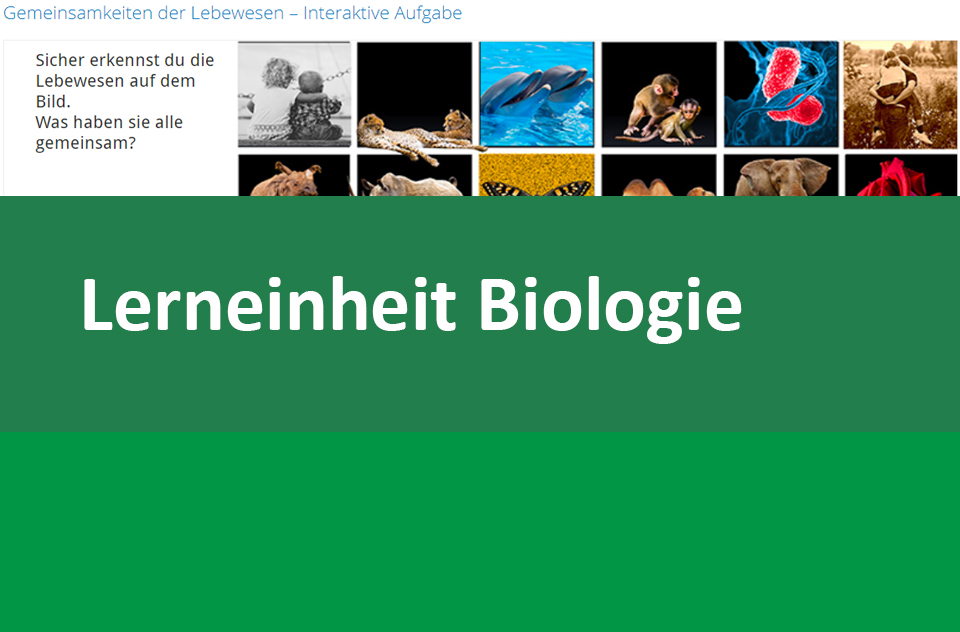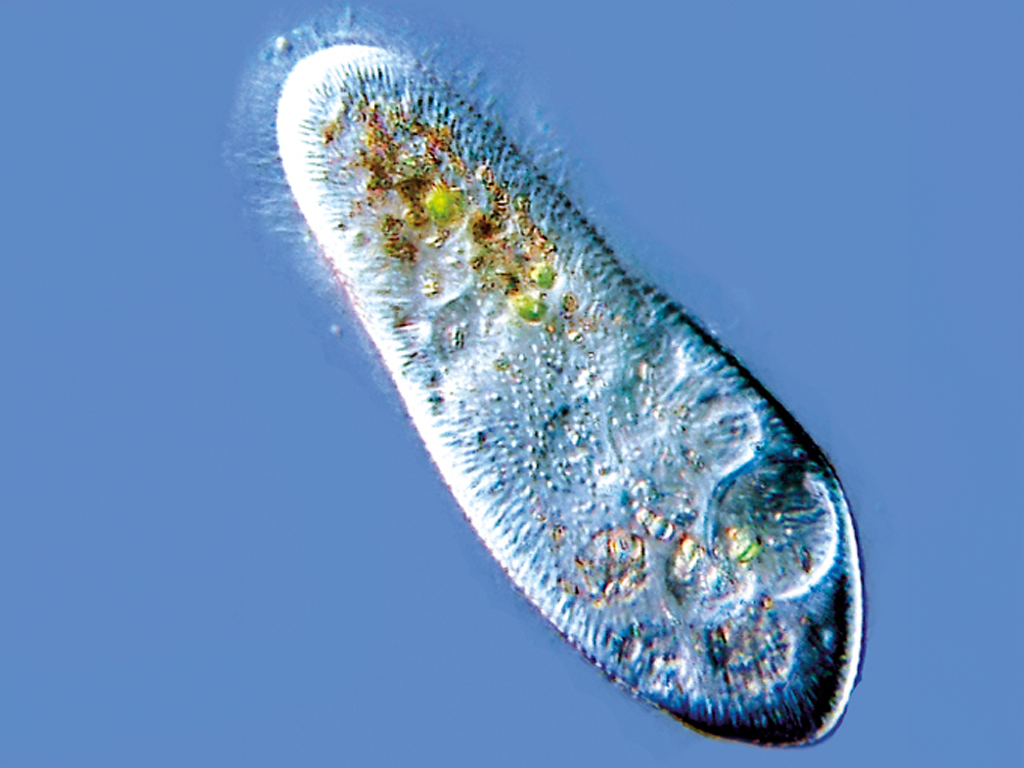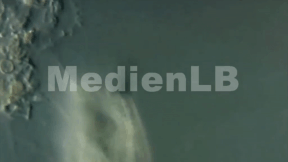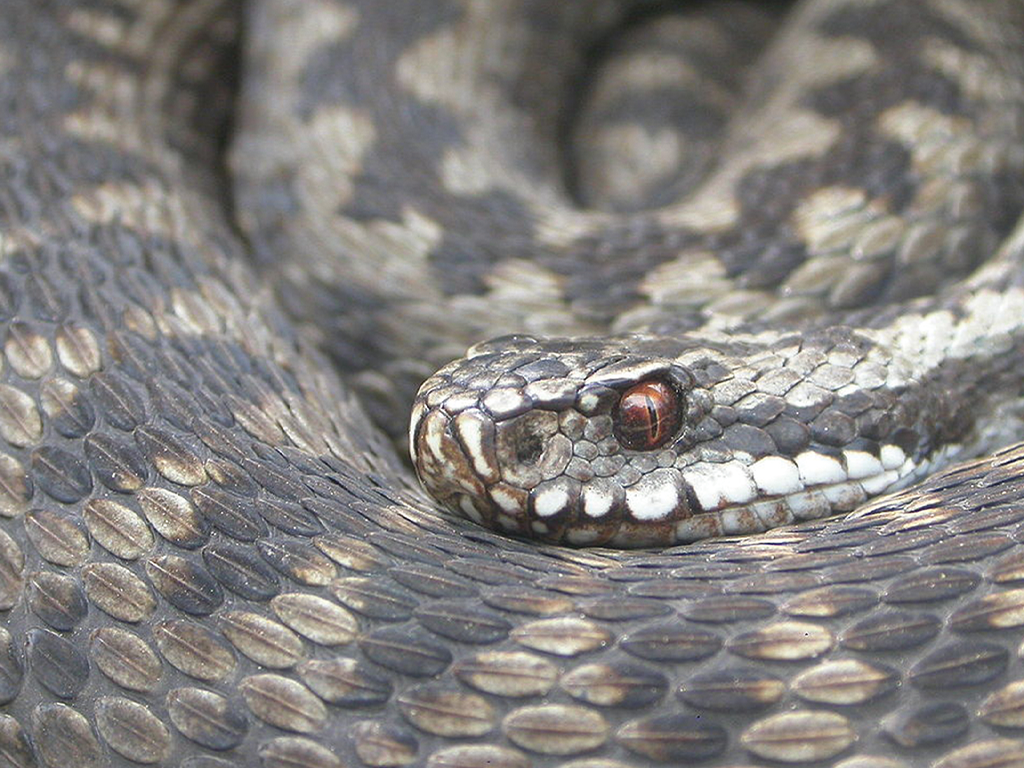
55502654
Den Code des Lebens entschlüsseln
In 10 interaktiven Aufgaben und Videos wird Wissen zur DNS/DNA vermittelt und abgefragt.
Das Medium bietet H5P-Aufgaben an, die ohne zusätzliche Software verwendbar sind.
Durch interaktive Aufgabentypen wird das audiovisuelle und interaktive Lernen einfach.
Lernen macht jetzt Spaß!
Included Tasks
- I Gemeinsamkeiten der Lebewesen – Interaktive Aufgabe
- II Definition Genetik – Interaktive Aufgabe
- III Was ist DNA? – Interaktive Aufgabe
- IV Aufbau der DNA – Bildkarten
- V Vom Zellkern zur Doppelhelix – Interaktive Aufgaben
- VI Das Gen – Interaktive Aufgabe
- VII Proteinbiosynthese: Transkription
- VIII Vom Gen zum Protein/Transkription – Interaktive Aufgaben
- IX Vom Gen zum Protein/Translation – Interaktive Aufgaben mit Video
- X Die genetische Code-Sonne – Interaktives Video
Curriculum-centred and oriented towards educational standards
Matching
Single-cell Organisms
The Earth is the only planet known to us where liquid water ─ the source of life ─ exists.









